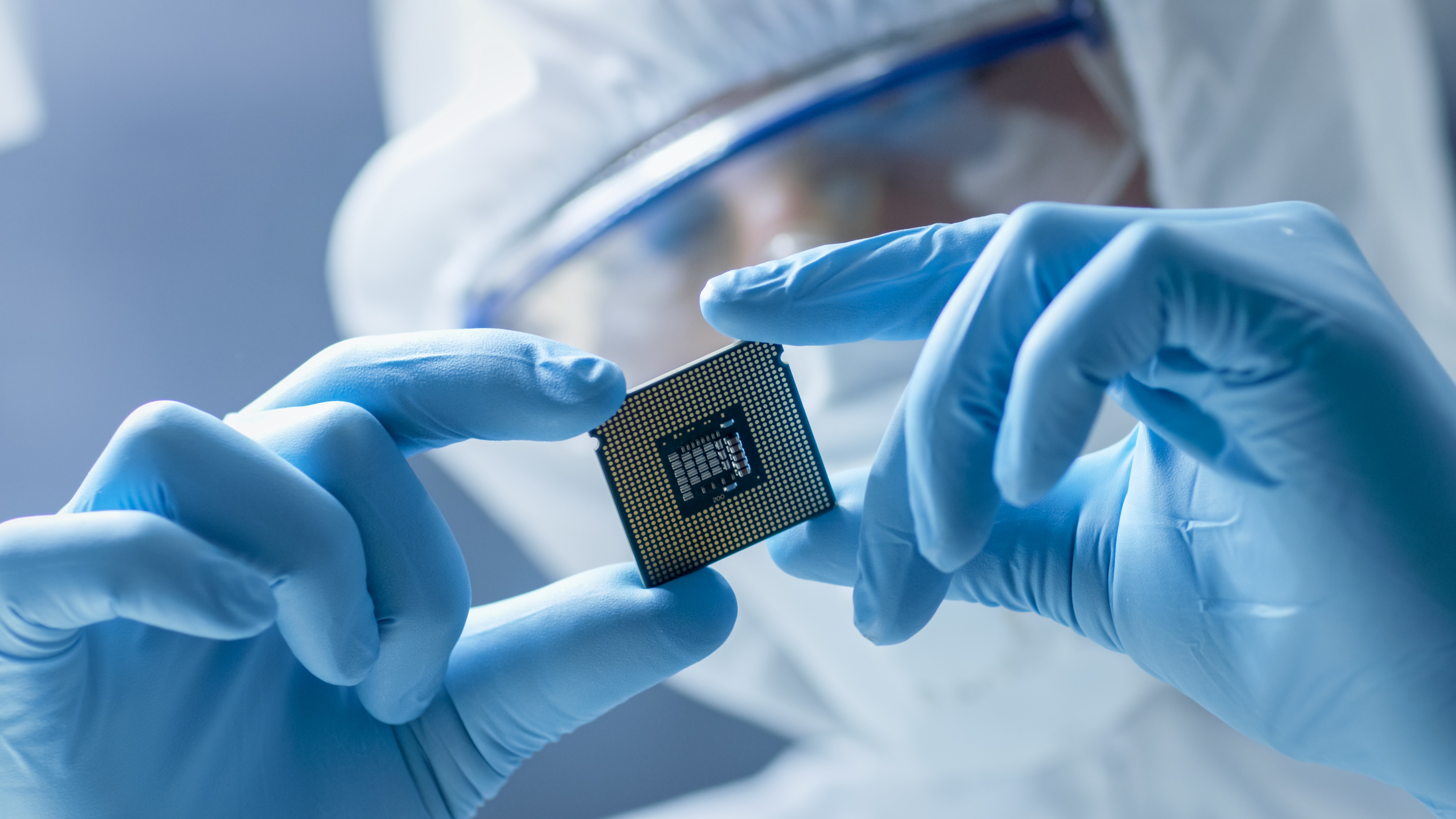Industrial CT: A Game - Changer in Defense and Shipbuilding
2025-02-13 00:00
In the realms of defense and shipbuilding, precision, reliability, and safety are non - negotiable. Industrial CT (Computed Tomography) has emerged as a revolutionary technology with far - reaching implications for these industries.
In defense applications, Industrial CT plays a crucial role in ensuring the integrity of military equipment. For firearms and ammunition, it provides a detailed internal view without the need for destructive testing. This means that manufacturers can detect any potential flaws in the barrel of a gun or the casing of a bullet. Minute cracks or manufacturing irregularities that could lead to malfunctions in the heat of battle can be identified early.

Similarly, in the inspection of military vehicles and aircraft components, Industrial CT is invaluable. In the case of jet engine parts for military aircraft, these complex components are subjected to extreme conditions. Industrial CT can scan the turbine blades, detecting hidden defects such as micro - porosity or internal stress fractures. This not only ensures the safety of the pilots but also maximizes the performance and lifespan of the aircraft.
When it comes to shipbuilding, Industrial CT is transforming the way components are inspected. In the construction of warships, for example, large - scale components like propeller shafts are essential for the ship's propulsion system. These shafts need to be of the highest quality to withstand the immense forces and corrosive marine environments. Industrial CT can scan the entire length of the shaft, identifying any internal voids or inclusions that could weaken it.
For shipboard electronics and communication systems, which are critical for a ship's operation and defense capabilities, Industrial CT can be used to inspect circuit boards and enclosures. It can detect problems such as solder joint defects or hidden damage to components, ensuring the reliability of these systems in the often - harsh maritime conditions.
One of the key advantages of Industrial CT in both defense and shipbuilding is its ability to create highly accurate 3D models of components. This allows engineers to perform detailed analysis, not only for quality control but also for design optimization. In shipbuilding, this can lead to more efficient hull designs or improved placement of onboard equipment. In defense, it can result in lighter and more effective weapon systems.
However, implementing Industrial CT in these industries also has its challenges. The high - cost of Industrial CT equipment, along with the need for specialized technicians to operate and interpret the scans, can be a barrier. Additionally, the large size of some defense and shipbuilding components may require specialized CT systems with larger scanning chambers.
Nevertheless, the long - term benefits of Industrial CT in defense and shipbuilding are undeniable. As national security threats evolve and the demand for more advanced naval and military capabilities increases, Industrial CT will continue to play a vital role in ensuring that defense and shipbuilding industries produce high - quality, reliable, and safe products. It is a technology that is set to drive innovation and enhance the overall capabilities of both sectors in the face of complex and ever - changing challenges.








